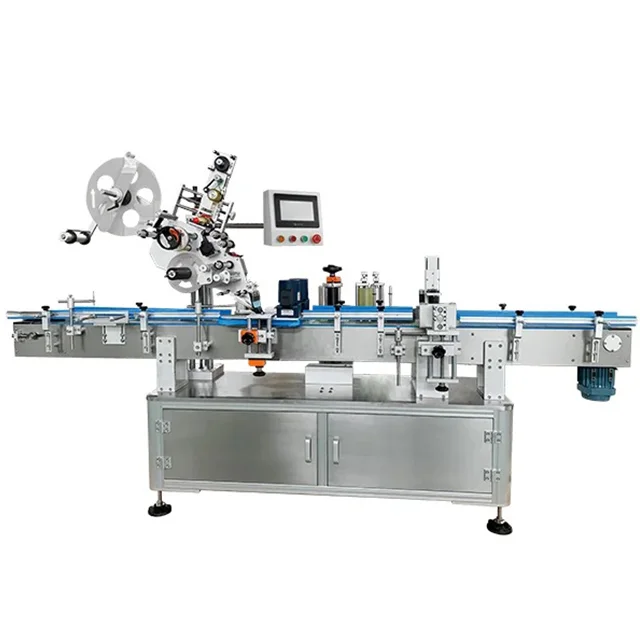In the realm of architecture and construction, cladding serves as a critical component that extends beyond mere aesthetics. While many may perceive cladding as a decorative outer layer, its primary purpose encompasses a range of functional, protective, and energy-efficient benefits. This article delves into the multifaceted roles of cladding, exploring its significance in modern building design and construction.
Understanding Cladding: A Brief Overview
Cladding refers to the application of one material over another to provide a skin or layer, which serves various purposes. Common materials used for cladding include wood, metal, brick, vinyl, and composite materials. The choice of cladding material often depends on the building's design, location, and intended use, as well as the desired aesthetic appeal.
- Protection Against Environmental Elements
One of the primary purposes of cladding is to protect the underlying structure from environmental factors. Cladding acts as a barrier against moisture, wind, and temperature fluctuations. For instance, in regions prone to heavy rainfall, cladding materials are designed to prevent water infiltration, thereby safeguarding the building's integrity and preventing mold growth. Similarly, cladding can shield structures from harsh UV rays, reducing the risk of deterioration over time.
- Thermal Insulation and Energy Efficiency
Cladding plays a pivotal role in enhancing a building's thermal performance. By incorporating insulation materials within the cladding system, architects can significantly improve energy efficiency. This is particularly important in climates with extreme temperatures, where effective insulation can reduce heating and cooling costs. For example, insulated cladding systems can help maintain a consistent indoor temperature, thereby minimizing energy consumption and contributing to sustainability goals.
- Acoustic Performance
In urban environments, noise pollution can be a significant concern. Cladding can also contribute to a building's acoustic performance by providing sound insulation. Certain cladding materials are designed to absorb sound waves, reducing the transmission of noise from the outside. This is particularly beneficial for residential buildings located near busy streets or commercial areas, where a peaceful indoor environment is essential for occupants' well-being.
- Fire Resistance and Safety
Fire safety is a paramount consideration in building design, and cladding materials can play a crucial role in enhancing fire resistance. Non-combustible cladding materials can help slow the spread of flames, providing occupants with valuable time to evacuate in the event of a fire. Additionally, building codes often dictate specific fire ratings for cladding materials, ensuring that they meet safety standards and contribute to overall building safety.
- Aesthetic Appeal and Design Flexibility
While functionality is key, the aesthetic aspect of cladding cannot be overlooked. Cladding provides architects and designers with the flexibility to create visually striking facades that reflect the building's purpose and context. From sleek modern designs to traditional styles, cladding materials can be customized in terms of color, texture, and pattern, allowing for creative expression and enhancing the overall architectural narrative.
- Sustainability and Eco-Friendly Options
As the construction industry increasingly prioritizes sustainability, cladding materials are evolving to meet eco-friendly standards. Many manufacturers now offer cladding options made from recycled materials or sustainably sourced resources. Additionally, some cladding systems are designed to incorporate green technologies, such as solar panels or living walls, further enhancing a building's environmental performance.
Conclusion: The Integral Role of Cladding in Modern Architecture
In summary, the main purpose of cladding extends far beyond its visual appeal. It serves as a protective barrier, enhances energy efficiency, improves acoustic performance, ensures fire safety, and offers design flexibility. As architects and builders continue to innovate, the role of cladding will undoubtedly evolve, embracing new materials and technologies that align with the principles of sustainability and resilience.


More Stories
Safety First: Essential Features of Heavy Duty Storage Racks
Why Indoor Adventure Parks Are the Perfect Rainy Day Solution
Innovations Driving the Future of Glass Fiber Cloth Composite